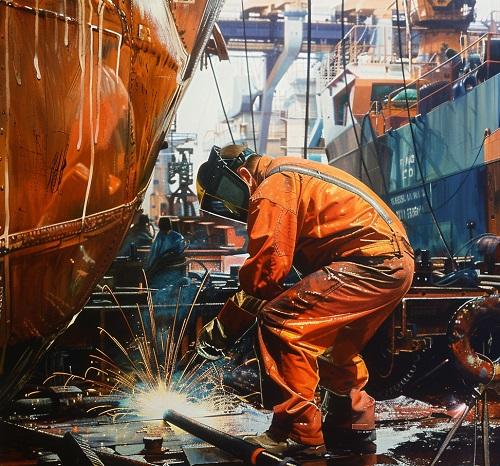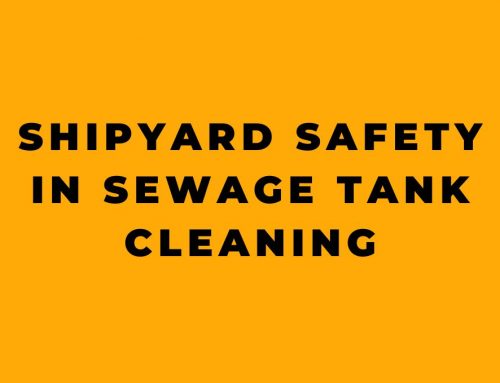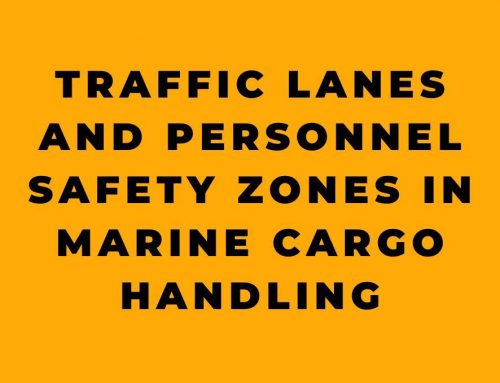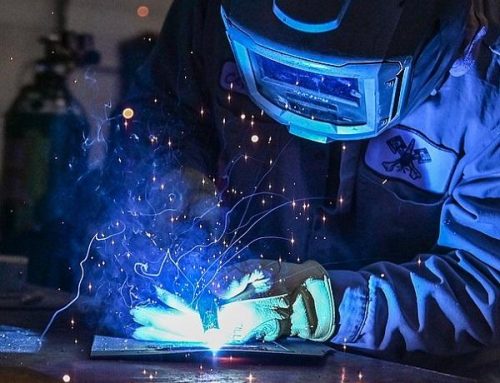Introduction
Hot work operations like welding, burning, and other spark-producing activities are commonplace in shipyard and marine repair settings. However, when performed on hollow or enclosed structures like skegs, booms, and tanks, these processes can introduce significant hazards. Everything from explosive atmospheres to accumulation of toxic fumes makes hot work a potentially dangerous endeavor.
As such, adhering to proper safety protocols is paramount. Occupational Safety and Health Administration (OSHA) regulations provide a risk-based framework centered on atmospheric testing, ventilation, special work methods, and monitoring. Diligent program implementation minimizes adverse incidents and safeguards employees. This article will explore central concepts around hot work safety, evaluate associated dangers, outline best practices, and empower maritime workplaces on their journey toward operational excellence.
Defining Hollow or Enclosed Structures
Hollow or enclosed structures refer to objects that workers service but cannot physically enter. Size and geometry vary considerably, spanning tiny compartments to expansive volumes. Example vessels include masts, railings, hatches, crane supports, and even seemingly solid items like mooring bitts or tank exteriors. Two criteria qualify something as an enclosed space:
1. The structure does not vent directly to atmosphere.
2. Employers and employees agree on the designation.
The key differentiation from confined spaces is that workers cannot bodily enter hollow/enclosed structures. Separate protocols govern confined space entry.
Explosion and Fire Hazards
Myriad dangers accompany hot work on hollow/enclosed structures:
Explosive Atmospheres
Combining an ignition source with a flammable interior atmosphere can trigger devastating blasts. For instance, residual painting solvents or hydrogen gas from corrosion may reach explosive concentrations when oxygen levels are sufficient and ventilation lacking.
Flammable Materials
Structural materials like insulation foam seem innocuous but contain combustible ingredients. Intense heat release and toxic emissions can result when these substances ignite.
Sources of Atmospheric Hazards
Where do hazardous hollow/enclosed structure atmospheres originate? Some examples:
– Solvent-laden paints/coatings and their vapors
– Buildup of corrosive byproducts like hydrogen gas
– Inert gas purging operations
– Adjacent spaces housing flammable contents
– Leaking substances through worn seals/gaskets
– Welding-induced carbon monoxide production
Perceptible warning signs like the smell of solvents may be absent. Never assume an enclosed environment is safe for hot work without comprehensive testing.
Internal Atmosphere Testing
Prior to commencing hot work, qualified personnel must sample a structure’s internal atmosphere for flammability hazards. Two common inspectors include:
– Shipyard Competent Individuals
– National Fire Protection Association Marine Chemists
Sampling locations depend on the geometry and access points of a space. Existing vents make convenient ports, while drilled holes permit direct measurements. Apply lubricants when drilling to preclude ignition.
Eliminating Explosive Atmospheres
Finding an explosive atmosphere triggers remediation requirements before allowing hot work. Possible abatement methods include:
– Ventilating With Clean Air: Drill a vent and force airflow until gas concentrations hit safe thresholds.
– Inert Gas Flooding: Flood space with gases like nitrogen or carbon dioxide. This suppresses oxygen levels needed for combustion.
– Material Removal: Evacuate problematic deposits mechanically when feasible. Insulation foam often mandates this approach.
Confirm hazard elimination via retesting before hot work proceeds. Periodically reassess the atmosphere to ensure conditions have not reverted over longer jobs.
Additional Safety Considerations
Beyond atmosphere issues, other hot work hazards demand control:
– Thermal Impacts: Structural damage or collateral fires
– Pressure Effects: Blast waves from gas buildup
– Visual Obstruction: Limited view of the task
– Access Limitations: Harder to escape quickly
– Communication Barriers: Unable to coordinate easily
Use specialized techniques like gas tungsten arc welding (GTAW) to lower heat levels. Position employees outside the structure whenever viable. Allow only essential staff access and ensure excellent communication capabilities. Secure structures properly against tipping/shifting. Finally, remain ever vigilant for signs of emerging hazards like objectionable odors.
Conclusion
Hollow and enclosed structures require extra vigilance and care during hot work tasks. By understanding explosion risks, conducting rigorous testing, eliminating hazards proactively, and monitoring conditions continuously, maritime enterprises safeguard their employees against needless harm. Regulatory compliance and best practice adoption lead to celebratory outcomes: completed quality work and colleagues who return home safely each day. Prioritizing hot work safety represents both a moral and business imperative. Workers are invaluable assets worthy of our full commitment.










